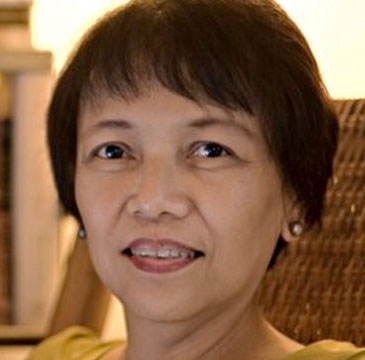SUMMARY
This is AI generated summarization, which may have errors. For context, always refer to the full article.
 Many were quick to pounce on the Supreme Court as an “Arroyo Court” when it stopped the RH law in its tracks. On Easter Sunday, a day rich in symbolism, the law would have started to roll out.
Many were quick to pounce on the Supreme Court as an “Arroyo Court” when it stopped the RH law in its tracks. On Easter Sunday, a day rich in symbolism, the law would have started to roll out.
Critics say that since 9 of the 10 justices who favored suspending the implementation of the highly controversial law are remnants of the Arroyo regime, their vote was clearly anti-Aquino. (See the names of the 10 justices here.)
The President, as we know, used a lot of his political capital to get this bill passed after more than a decade of languishing in Congress.
The “Arroyo Court” argument stretched further. Since Chief Justice Ma. Lourdes Sereno, a personal favorite of Aquino, was on the other side—and many continue to resist her appointment and have a visceral dislike of her—it would follow that the majority vote was also anti-Sereno. (4 other justices joined her.)
Let’s not be too quick to judge. This thinking misses out on the fact that many of the justices are plain conservative. Majority are Catholic. They, too, are part of our society and reflect the liberal-conservative divide on the RH debate.
Official prayer
It may be surprising to some but the highest court in the land, which is not supposed to show bias for any faith, is quite Catholic in its practices. The en banc recites a prayer at the beginning of each session and justices take turns leading it. The Court even has a special prayer, called the centennial prayer (it was composed on the 100th anniversary of the Court), and all the lower courts are required to say this when they start their proceedings.
Then Justice Artemio Panganiban explained that the Court consulted various religious groups, including Protestants and Muslims, before finalizing its official prayer. He wanted to show that the Court did not favor any religion.
Recently, a Supreme Court justice took issue with this practice, reflecting the thinking that the judiciary should avoid any appearance of siding with a religion. Prayers are personal and need not preface public duties.
This justice asked to be excused from leading the prayer. In a letter to his colleagues, this justice supposedly said that he would still stand and show respect for the ritual but cannot be part of it. Apparently, this is the first time such a move was made by a member of the Court.
It’s not only the courts that start their official functions with a prayer. The Senate and House of Representatives also do the same.
Seal, statues and chapels
The show of religiosity doesn’t end with prayers. Take a look at the seal of the Supreme Court. It features two tablets with Roman numerals, representing the Ten Commandments.
Years ago, one justice questioned this symbol since the Court is a non-religious institution. He proposed changing the Ten Commandments to something secular. “The justice argued that a symbol with such significance only to some religions has no place in the Supreme Court seal because the tribunal may be accused of favoring certain faiths,” Newsbreak reported in 2007.
His colleagues rejected this, perhaps unwilling to rock this Catholic country.
There’s more, beyond prayers and seals. In a building beside the Supreme Court, where the Judicial and Bar Council or JBC (which vets nominees to the courts) and other agencies under the Court hold office, I saw a small room with the statues of Jesus and the Virgin Mary. It appeared to be also a place of prayer.
This open embrace of one religion sends a signal to others—Muslims, Buddhists, Protestants, agnostics—that minority faiths and non-believers are peripheral in the justices’ eyes.
The scene in the JBC seems to be common in other government agencies. Religious icons are displayed at the Department of Social Work and Development and the Department of Agriculture, among several others. A number of offices even have their own chapels—yes, chapels!—like the Department of Budget and Management, the Department of Agrarian Reform and the Senate.
Many of us have taken this for granted but it shows how the Catholic religion has woven itself into the state, in form and rite. Some foreigners have remarked that this seems to be distinct to the Philippines.
My sense is, despite the Catholic appearance of the Supreme Court, form will give way to substance and some of the 10 justices will see the merits of this landmark social legislation.
As Justice Marvic Leonen wrote in his dissent, “…we are still open to reasoned argument even as we may have tentative views on the law and how it squares with the Constitution.” – Rappler.com
Click the links below for more opinion pieces in Thought Leaders:
Add a comment
How does this make you feel?
There are no comments yet. Add your comment to start the conversation.